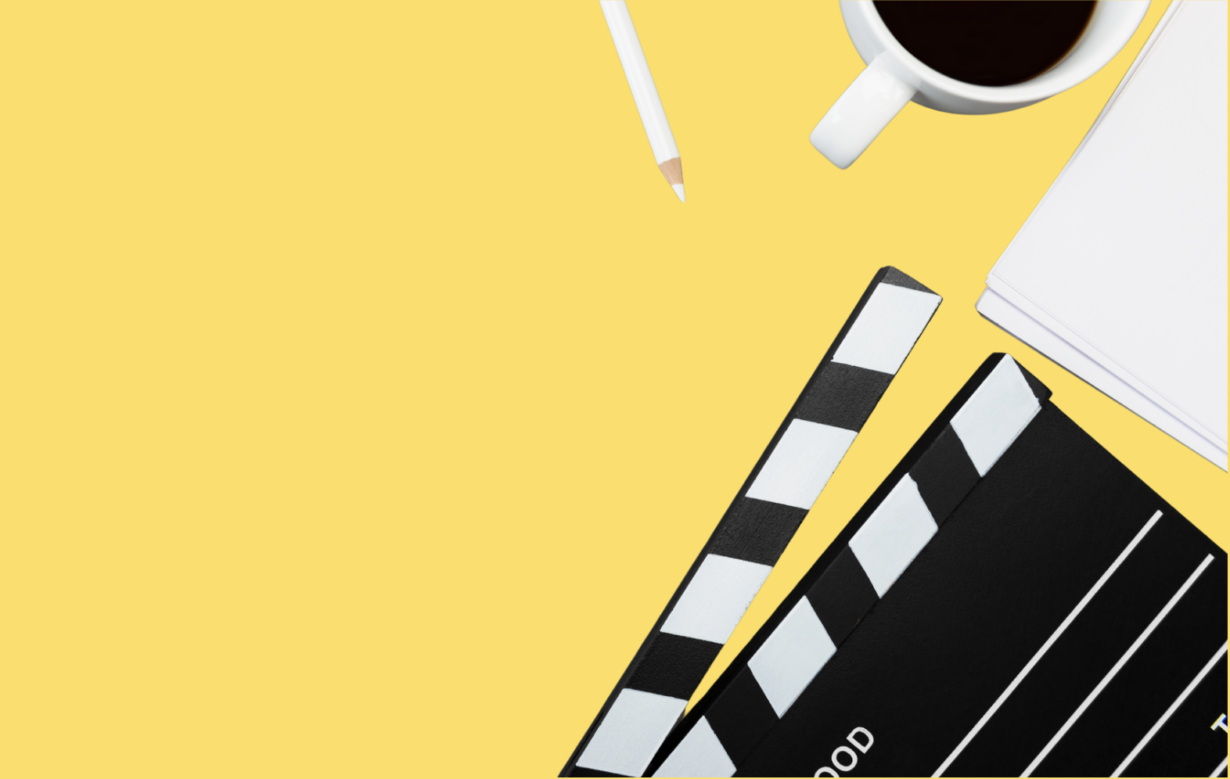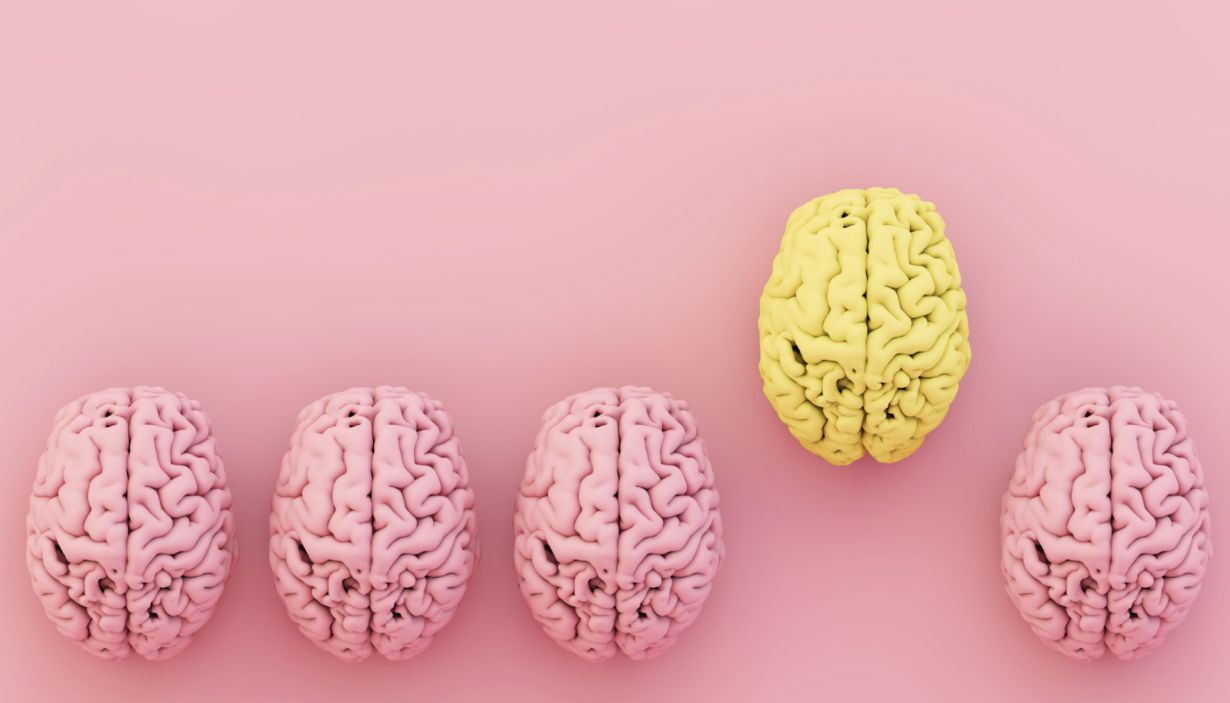When it comes to building high-performing teams, culture isnʼt just a buzzword. Culture is the invisible thread that weaves employees together, connecting them and showing them how your organisation ticks. Yet, too often, onboarding focuses purely on processes, tools, and compliance, leaving new hires to figure out the organisationʼs culture on their own. This is where culture carriers come in: employees who embody your values and help newcomers navigate, adopt, …
This website uses cookies to improve your experience. We\'ll assume you\'re ok with this, but you can opt-out if you wish. Read More










